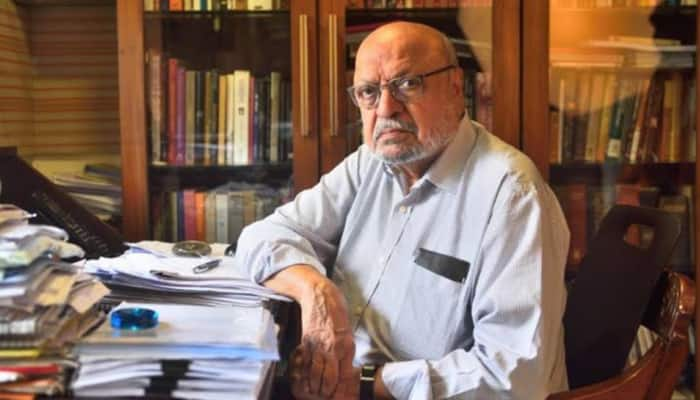Goodbye Philae! Earth to bid adieu to comet probe
The robotic lander has not called home to the European Space Agency's Rosetta mission since its last call to mothership Rosetta seven months ago.
Trending Photos
)
London: Looks like time has come to say good bye to the Philae lander, which touched down on the surface of comet 67P/Churyumov-Gerasimenko on November 12, 2014.
The robotic lander has not called home to the European Space Agency's Rosetta mission since its last call to mothership Rosetta seven months ago.
The Philae lander is facing conditions on the comet from which it is unlikely to recover, ESA said in a statement on its website.
"The chances for Philae to contact our team at our lander control centre are unfortunately getting close to zero," said Stephan Ulamec, Philae project manager at the German Aerospace Centre (DLR).
"We are not sending commands any more and it would be very surprising if we were to receive a signal again," Ulamec added.
The mission engineers think that the failure of Philae's transmitters and receivers are the most likely explanation for the irregular contacts last year, followed by continued silence into this year.
"Another difficulty that Philae may be facing is dust covering its solar panels, ejected by the comet during the active perihelion months, preventing the lander from powering up," ESA's website said.
"Also, the attitude and even location of Philae may have changed since November 2014 owing to cometary activity, meaning that the direction in which its antenna is sending signals to Rosetta is not as predicted, affecting the expected communication window," the statement added.
Philae's team of expert engineers and scientists at the German, French and Italian space centres and across Europe have carried out extensive investigations to try to understand the status of the lander, piecing together clues since it completed its first set of scientific activities after its historic landing.
In the 64 hours following its separation from Rosetta, Philae took detailed images of the comet from above and on the surface, sniffed out organic compounds, and profiled the local environment and surface properties of the comet, providing revolutionary insights into this fascinating world.
"But with insufficient sunlight falling on Philae's new home to charge its secondary batteries, the race was on to collect and transmit the data to Rosetta and across 510 million kilometres of space back to Earth before the lander's primary battery was exhausted as expected. Thus, on the evening of 14-15 November, 2014, Philae fell into hibernation," the ESA explained.
On June 13, 2015, the lander transmitted house-keeping telemetry, including information from its thermal, power and computer subsystems and made seven contacts with Rosetta with the last coming on July 9, 2015. The comet then approached perihelion in August.
Attempts to send commands 'in the blind' to trigger a response from Philae have also not produced any results.
"We would be very surprised to hear from Philae again after so long, but we will keep Rosetta's listening channel on until it is no longer possible due to power constraints as we move ever further from the Sun towards the end of the mission," said Patrick Martin, ESA's Rosetta mission manager.
Rosetta, which continues its scientific investigations at the comet until September before its own comet-landing finale, has in recent months been balancing science observations with flying dedicated trajectories optimised to listen out for Philae. But the lander has remained silent since 9 July 2015.
(With IANS inputs)
Stay informed on all the latest news, real-time breaking news updates, and follow all the important headlines in india news and world News on Zee News.
Live Tv







)
)
)
)
)
)
)
)
)
)
